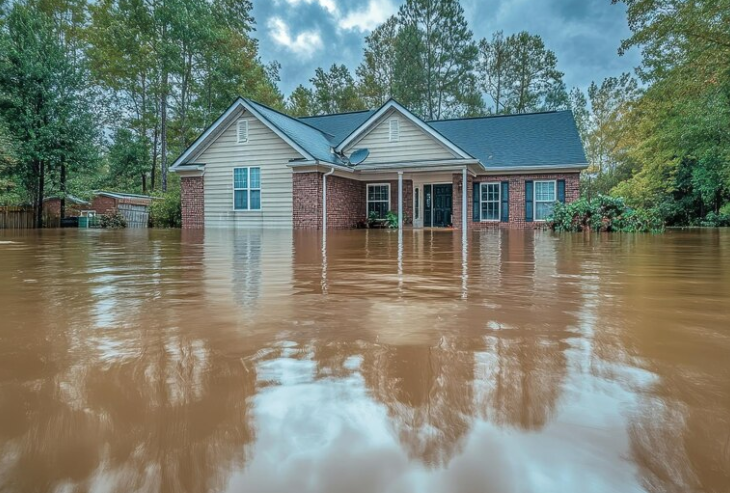Parts of Texas that Floods the Most
Greater Houston Area - The Primary Flood Zone
Houston is indeed prone to flooding, earning it the unfortunate nickname "The Bayou City." Houston is located on the Gulf Coast, and the city's low-lying terrain makes it particularly vulnerable to coastal flooding during hurricanes and tropical storms. In addition, Houston is also prone to flash flooding due to its heavy rainfall and a high number of impervious surfaces like roads and buildings. At least 2 million people were simultaneously impacted during Tropical Storm Allison, with 70,000 residences flooded.
Central Texas Hill Country - "Flash Flood Alley"
Central Texas, specifically the Hill Country region, is prone to major floods. Due to the heightened risk for flash flooding, the area is referred to as Flash Flood Alley. The area hardest hit by the floods was Kerr County, where the Guadalupe River rose to critical levels. The worst of the damage took place in an area known as "Flash Flood Alley" due to its long history of flooding. The ground in this part of Texas is predominantly limestone, covered by a shallow layer of soil, and the hill slopes are steep. Consequently, rainwater tends to run off quickly, funneling into rivers during rainstorms.
Gulf Coast Region - Hurricane and Storm Surge Flooding
Cities along the Gulf Coast are bracing for 10 to 12 inches of sea level rise by 2050, and data from a study showed those risks will be exacerbated by land subsidence. Galveston and Texas City were among the urban areas at heightened risk for damage from high tide flooding. Hurricane Harvey unleashed up to 60 inches of rain over 8 days, causing devastation for residents from Rockport to Orange.
Other High-Risk Areas
Central Texas, including the cities of Austin and San Antonio, is prone to flash flooding due to its hilly terrain and frequent thunderstorms. The Rio Grande Valley in southern Texas is prone to river flooding because its proximity to the Rio Grande. North Texas, including the Dallas-Fort Worth area, is prone to flash flooding due to its flat terrain and frequent thunderstorms.
Climate and Geographic Factors
Houston is in the path of hurricanes and tropical storms because it's near the Gulf of Mexico. The mostly flat terrain and clayey dirt in the city also make it hard for water to stay put and encourage runoff. Rapid urbanization in Houston has made more areas that don't let water through, which makes it even harder for the ground to soak up rainwater.
Preparing for Flooding
Preparing for flooding in Texas starts with knowing your risk by checking local flood maps and staying updated on weather alerts. Safeguard your home by elevating utilities, sealing basement walls, and installing sump pumps. Keep important documents in waterproof containers and create an emergency kit with food, water, and medical supplies. Purchase or review flood insurance, since standard homeowners policies don’t cover flood damage. Finally, plan evacuation routes and ensure your family knows where to go in case rising waters make staying home unsafe.


